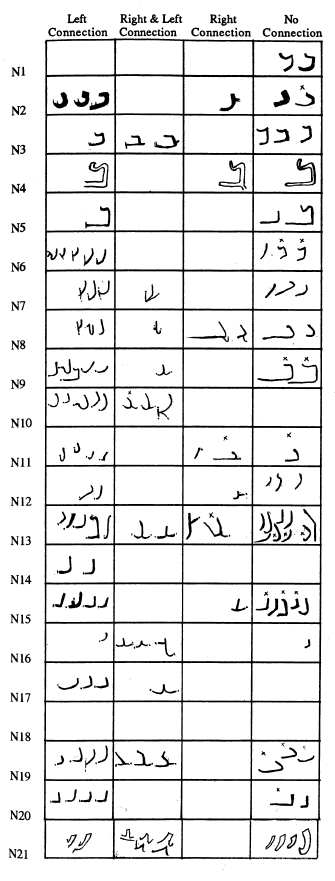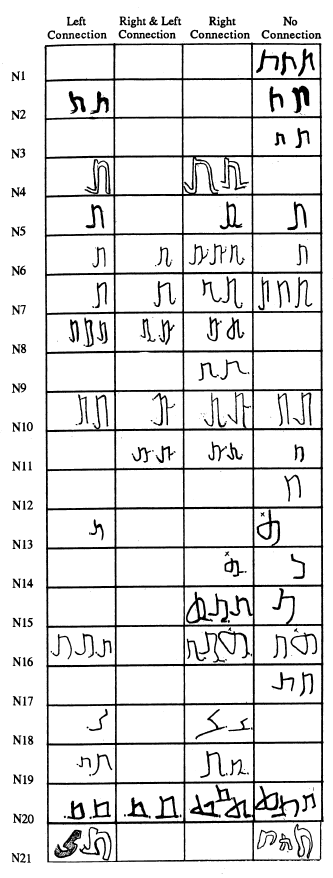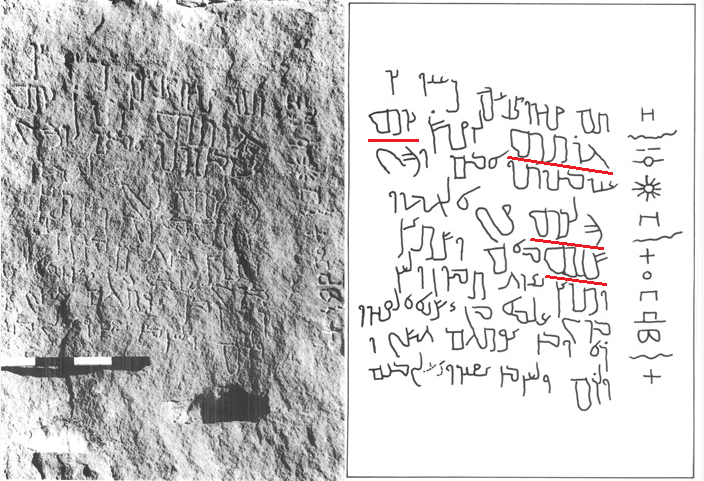Discover and read the best of Twitter Threads about #ArabicLetterofTheWeek
Most recents (3)
In the modern Arabic script the letter tāʾ and bāʾ have the exact same letter shape. This is true for the Arabic script in all Islamic era documents.
But this was not always the case! While bāʾ & tāʾ merge, they were at one point distinct!
#ArabicLetterofTheWeek
But this was not always the case! While bāʾ & tāʾ merge, they were at one point distinct!
#ArabicLetterofTheWeek

The letter bāʾ is not always called bāʾ. In modern Arabic dialects one frequently hears forms like be or bē. This seems to be quite old and widespread.
Thus we find the form bi in a early modern alphabet poems in Tashlhiyt (16th century).
#ArabicLetterofTheWeek

Thus we find the form bi in a early modern alphabet poems in Tashlhiyt (16th century).
#ArabicLetterofTheWeek


But it is also find this pronunciation clearly present in the 11th century in Persia in the poem of Nāṣir Ḫusraw, who in a poem that that clearly rhymes in -ē, uses the name of the letter bē in the rhyme (not also the spelling, rather than با). 

There are in fact a number of letters that have this -ē form, and we such alternative names are in fact used in the reading traditions when reciting the muqaṭṭaʿāt. But bē is special because it is not one of the muqaṭṭaʿāt, so we know they did not get the -ē vowel from there.
I receive a nice suggestion to do a series of short thread about the "Arabic letter of the Week". Let's see if I can say something interesting and unexpected about all the letters of the Arabic alphabet! Starting today with the ʾalif.
#ArabicLetterofTheWeek
#ArabicLetterofTheWeek







